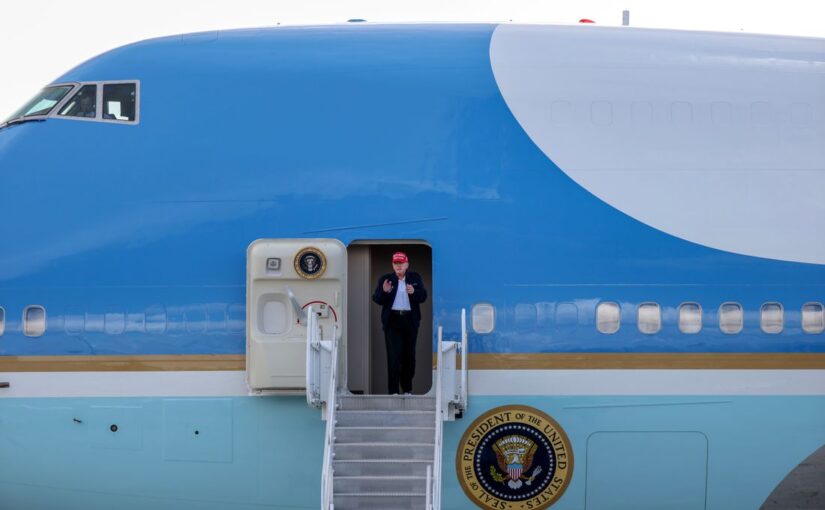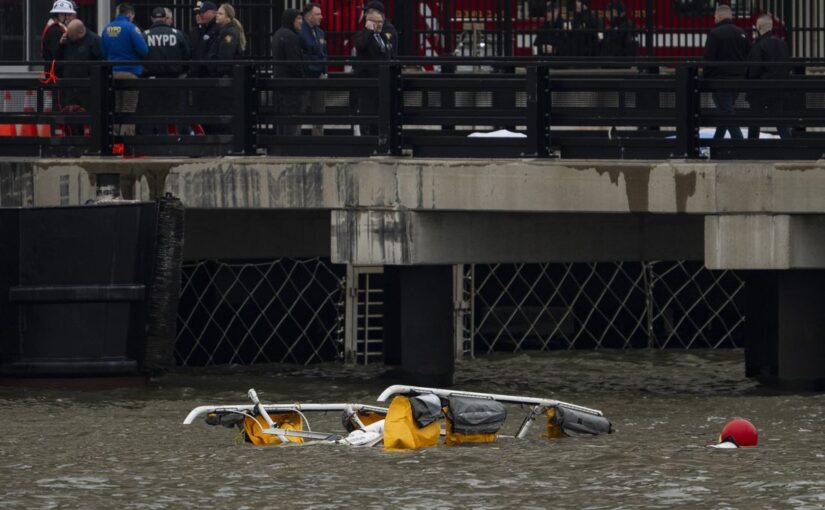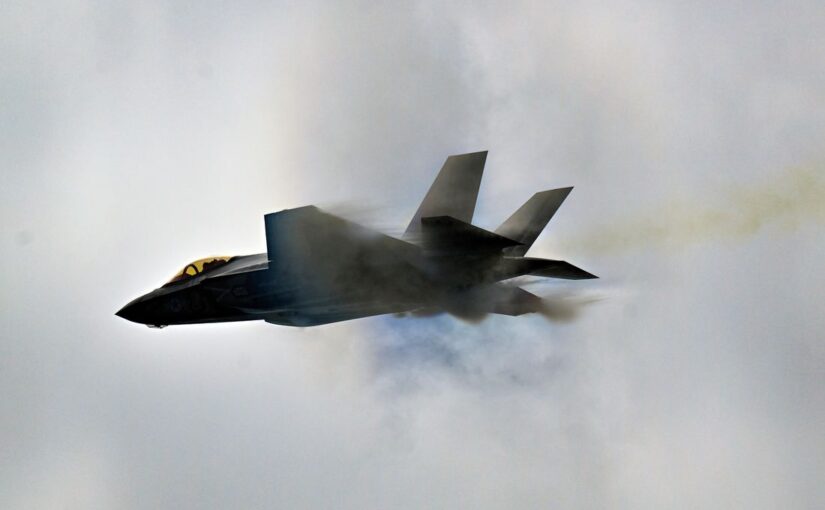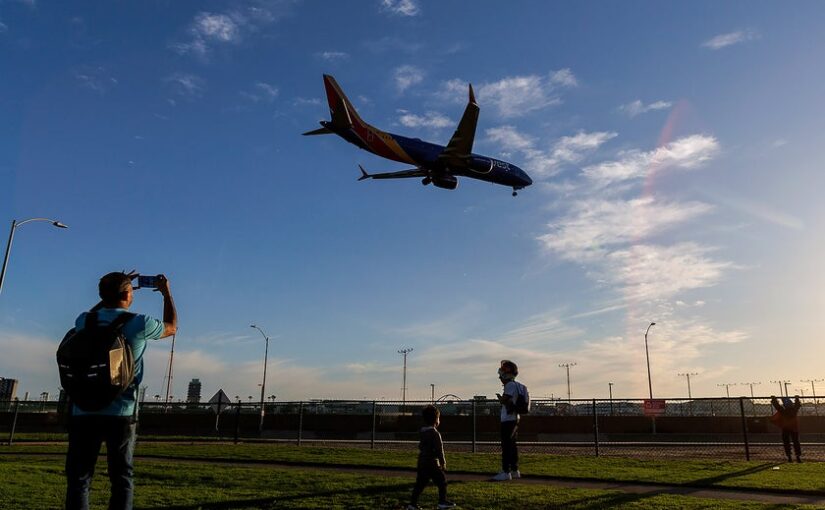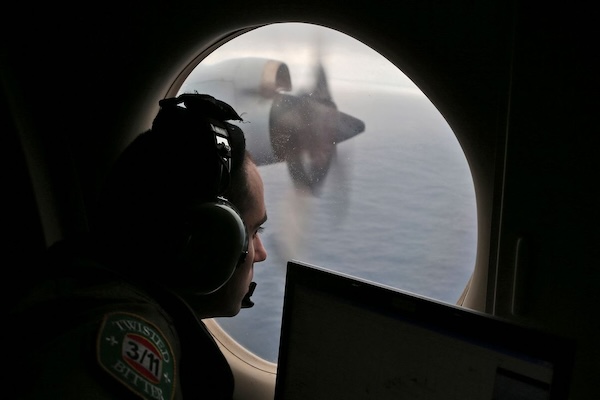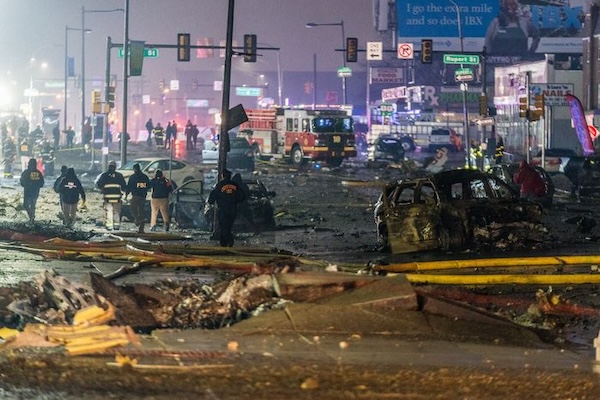How Nathan Fielder channeled a longtime personal obsession into his most ambitious project yet.
This article originally ran in New York magazine on May 26, 2025.
A few months ago, as anticipation began to build for the second season of Nathan Fielder’s HBO series The Rehearsal, a back corner of Reddit began to vibrate with an exciting theory: that Fielder, a comedian known for his awkward and deadpan persona, was not only secretly an airplane pilot but was rated to fly a Boeing 737 passenger jet, an aircraft orders of magnitude larger and more challenging than anything recreational pilots fly. “If this is really him and this ends up on his show I’m gonna lose my mind,” someone wrote on r/aviation on February 22, alongside paperwork found on a public FAA database. “That’s an insane amount of time and dedication to put in and keep quiet for years just to pull off a bit. I hope this is really him and sees the light of day. It will only further cement my love for his work and make it legendary!”
As viewers of the season-two finale of The Rehearsal have since learned, that was no mere rumor. At the end of the six-episode season, which has taken Fielder on a winding odyssey through off-the-rails psychological experimentation in a quest to ostensibly make airline travel safer by improving pilot communication and mental health, we learn that Fielder’s immersion into aviation has led him not only to take flying lessons but to work his way up to becoming an actual 737 pilot, first flying a jet filled with actor-passengers and then finding work as a professional ferry pilot, delivering aircraft across oceans for pay. He’s become the very sort of creature whose behavior, watched from afar, spurred the project in the first place. All for the sake of making air travel incrementally safer.
Continue reading ‘No One Wants to Think That Their Pilot Is Weird’

